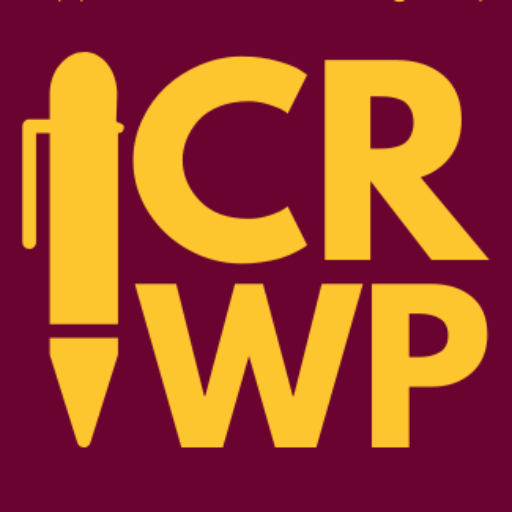If asking students to develop their voice, stamina, and range of techniques as writers isn’t hard enough, we now have a variety of devices, websites, and apps that students want to use in order to enhance their writing.
From Google Docs to Prezis to whatever new app will come out tomorrow, we know that students want to share their ideas across various forms of media. However, as with all writing, when we ask students to be digital writers, we must also provide them with strong mentor texts as well as good instruction to guide them.
Thus, my main focus as a teacher of writing has been to keep my students’ attention on elements of author’s craft that they can emulate (such as developing characters and plot in narrative text or including relevant facts or extended definitions as examples for informational texts). With digital texts, there are additional considerations to keep in mind such as the use of various fonts and colors on a website as well as the use of focus in the video narration.
In my book, Crafting Digital Writing: Composing Texts Across Media and Genres (reviewed for MiddleWeb by Judi Holst), I reiterate the value of using a thinking tool to consider these types of questions: MAPS. As shown in the slide here, MAPS is a heuristic, a problem-solving tool, not a step-by-step set of instructions. Rather than trying to figure out a particular recipe for a writing task, MAPS helps students think about the entire context and what they need to do as writers to deliver an effective message.
Following the MAPS
So, how exactly do we ask students to think rhetorically about a digital writing task? Because every writer and writing situation is slightly different, even in a single classroom with the same assignment, I’m not sure that I have the exact answer to this question. But I do have an example to share with you.
In the video below, you will hear my sixth-grade daughter, Lexi, describe many of the choices that she made as a digital writer when preparing her book response for James Patterson’s I Funny. I won’t say much more here; rather, I would encourage you to listen to Lexi herself describing her project and the choices she made as a digital writer.
The Final Destination
As you can tell from Lexi’s description of her writing process, it was certainly not linear, nor was it clear from the beginning exactly what she was going to do. Instead, by giving thoughtful consideration to her audience, purpose, and situation, Lexi was able to craft an effective piece of digital writing in the form of a Glogster. So you can use it as a model for your own students, here it is in its entirety.
(If you have any problems loading this file, try going directly to the Glogster page. Lexi’s video report is at YouTube.)
Continuing the Conversation
As you move forward with new projects this spring, I encourage you to give students the option of crafting at least one piece of digital writing. As you heard Lexi describe from her experience, this will involve a mix of both traditional writing skills (her script and the short sentences on the Glogster) as well as digital writing skills (creating a video with Green Screen, modifying the Glogster template).
Of course you can adapt these ideas to other tools and apps. No matter which tool they choose, continue to work with your students and encourage them to think about how the choices they are making as writers — and as digital writers — will help guide their readers to a better understanding of the message they are trying to send. By following the MAPS in a given writing context, your students can become more effective at composing texts across media and genres.
Troy Hicks (@hickstro) is a former middle grades teacher, now associate professor of English at Central Michigan University where he focuses his work on the teaching of writing, literacy and technology. He blogs at Digital Writing/Digital Teaching.
This blog entry was originally published on Middle Web and is reposted here with permission.

This work is licensed under a Creative Commons Attribution-NonCommercial-ShareAlike 4.0 International License.


Leave a Reply
You must be logged in to post a comment.